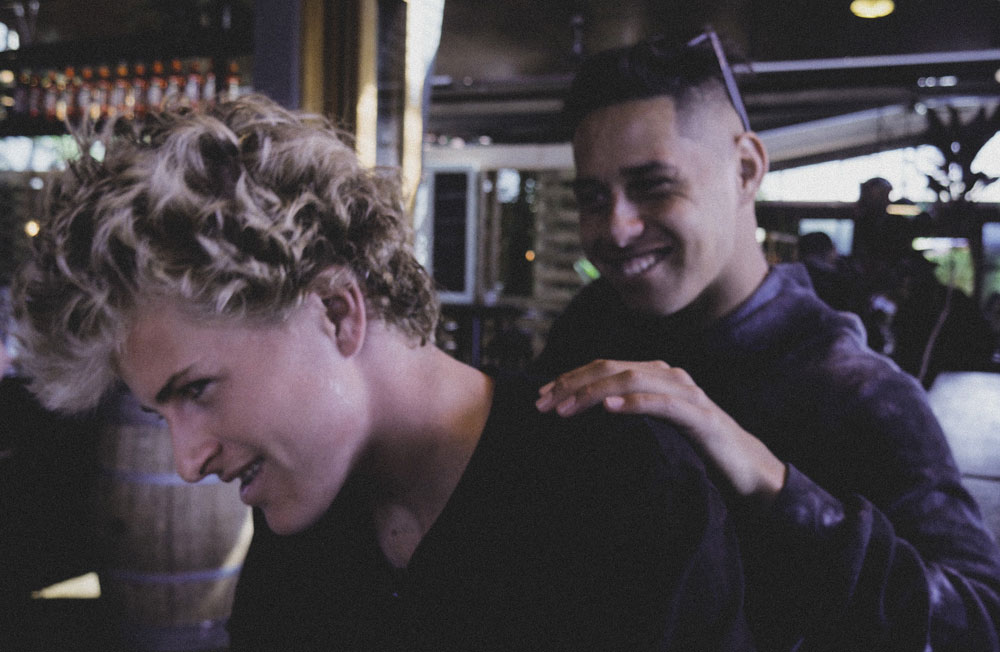It Ain’t Weak To Speak
The sun is still rising, blinding those of us without sunnies on (ah, just me it turns out), glaring straight back at us while we try to stare through it and check this beach, somewhere between Byron Bay and Coolangatta.
The young men of the Dragon team – seven or eight of them – a couple of photographers, team managers and a filmmaker, are scanning the line-up to see if this spot will do. To see if it’ll accommodate the insta crowd of pros taking to the line-up without upsetting any locals while still providing enough of a playground for the surfers to do their thing and for the lensmen to capture worthwhile imagery out of it. It ticks those boxes, at least for the swell we’ve got these couple of days. It’s a spread out beach with small, shifting peaks and very little wind. Fun. So the surfers head back to the cars to change and the photogs start setting up their rigs… this is all normal, everyday stuff for a little team trip for a brand like Dragon. It feels like any other team surf trip that has been going on since surfing and surf adjacent brands went seriously pro decades ago: Go surfing, get the shot, promote the product, high five and feel good in the sunshine. Alright! Yep, just like every other trip, except that this one is a little different. This one is about something bigger, something that affects all of us, and something that we’re in dire need of of speaking about more.
Our mental health.
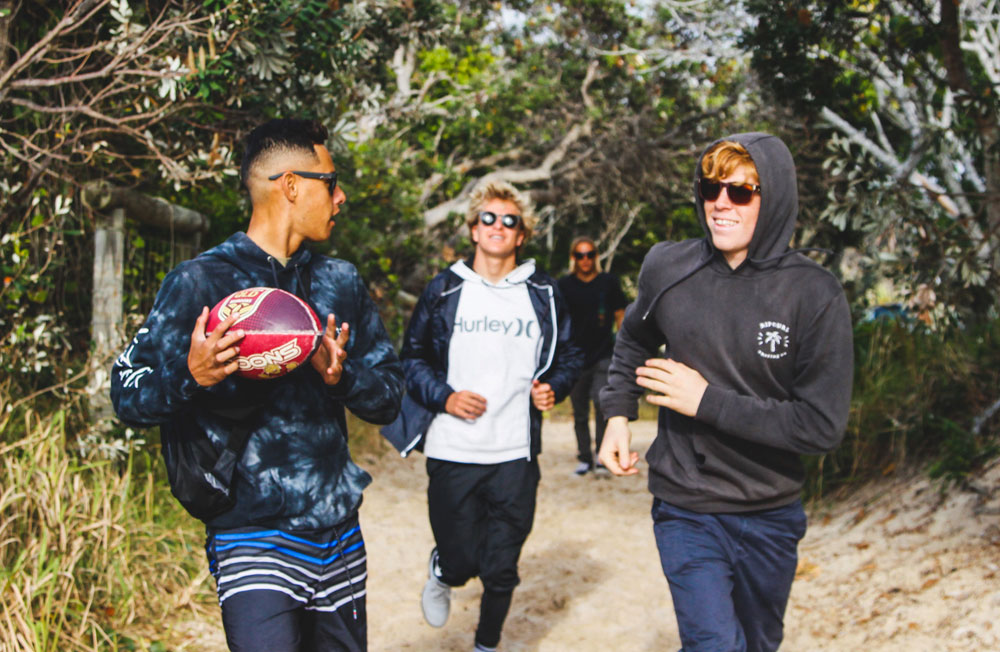
Dragon have gotten their team together here for the purpose of doing a workshop with Livin – a mental health initiative created by two mates in honour of their friend Dwayne Lally, who took his life after suffering in silence from a mental illness. Livin’s mission is to break down stigma’s associated with mental illness by encouraging young men to be comfortable with being vulnerable and unafraid of asking for help when they feel they might need it. The catch-all mantra pushing Livin’s vision is the succinct hashtag: “It ain’t weak to speak.”
It’s a simple phrase, a simple idea. But it’s an important one, and one that resonates with the surfers here, as it should all young Australian surfers.
“It reinforces the fact that mental health is something that affects all of us and it’s not as easily recognisable as a broken leg or the flu,” says Ace Buchan, later. “But I think once you’re educated it’s easier to accept that mental health is something that as human beings at some point or other in our lives it’s going to either affect someone in our family close to us, or ourselves.”
Following the surf, coffees and breakfast, everyone heads back to the Surfing Australia High Performance Centre – our digs for this trip, and our venue for the workshop. And we need to take a moment here to describe the HPC, cause seeing it for the first time is something to behold:
The Surfing Australia High Performance Centre is a monument to competitive surfing success.
In July 2018 it finished a 7 million dollar expansion that made it four times the size of the original HPC building that opened in 2012. It’s all part of surfing coming into contact with the Olympic machine, where places like this get registered as an official Australian Olympic Training Facility. There’s dorms and gyms, and skate ramps and trampolines and kitchens and 100 seat auditoriums… but what strikes the surf nerd when first visiting is the walls.
“Mental health is something that affects all of us and it’s not as easily recognisable as a broken leg or the flu.” – Ace Buchan
Step inside, walk around and take it in. While Australasian junior champion Kehu Butler is practicing rodeo flips from the trampolines into the foam-pit, and Noah Stocca is skating off the ramp doing backflips he’ll soon be stomping in the ocean, above them both are giant pictures of Mark Richards and Layne Beachley and Mick Fanning, each with inspirational quotes. Around the perimeter of the ground floor are glass cases showcasing a board for every Australian World Champ, boards surfed the year they won first won their first World Title. From Phyllis O’Donnell to Tyler Wright, Midget Farrelly to Joel Parkinson, they’re all there, and it feels really special. The history of Australian competitive surfing is honoured, pulled out of magazines and documentaries and given the museum style treatment it deserves in a living, breathing physical space. The successes, the wins, the best of our surf history is being celebrated. The history of Australian competitive surfing is all there. Almost.
And the almost is kind of why we’re here. Cause in the almost is everything else. The surfers who fell away. The surfers who even in their best moments, may have been battling bigger internal things that they were too afraid to speak about.
You only need to skip across the pond to Hawaii and the biggest surf movie of the year to find an example of that darker flipside that can bubble under surfing’s most successful champions. Andy Irons: Kissed By God has revealed to us the story of the struggles of mental health and addiction that the three time World Champion was going through. Andy’s story finally being told is a significant turning point for a surfing community that too often buries our feelings under a rug of bravado. We even dedicated a full issue of Surfing World to what it means to be able to talk about mental health, addiction, and stories as dark as Andy’s.
Back here, and upstairs in a boardroom flanked with photos of Midget Farrelly and Phyllis O’Donnell, we get to talking about all this with Livin, we get to breaking down the stigma that surrounds talking about our mental health. A cursory glance at the statistics reveals just how serious and important this is:
“One in 5 Australians experience a mental health condition in a given year and almost one in 2 will experience a mental health condition at some point in their lifetime.”
“On average, 1 in 8 men will have depression and 1 in 5 men will experience anxiety at some stage of their lives.”
“Depression is a high risk factor for suicide and, in Australia, there are approximately 3000 suicides each year. 75 per cent are by men – with an average of 6 men taking their lives every single day. Suicide is the leading cause of death for men under the age of 54, significantly exceeding the national road toll.”
“Men are less likely to seek help than women, with only 1 in 4 men who experience anxiety or depression accessing treatment. “
This is some heavy, real shit. And stuff we can’t afford to keep a stigma around talking about. Surfing, beautiful as our lifestyle is, is not immune to any of it. And that’s why it’s so important that surf teams like Dragon are taking a lead in the mental health landscape when it comes to creating awareness for not only their staff, colleagues, surfers and team, but also the greater community.
And you can see the affect here in the surfers, particularly the ones who are still juniors, who’ve now been given the permission and power to speak out if they’re feeling shit, and given the tools to better recognise mental health issues in those around them.
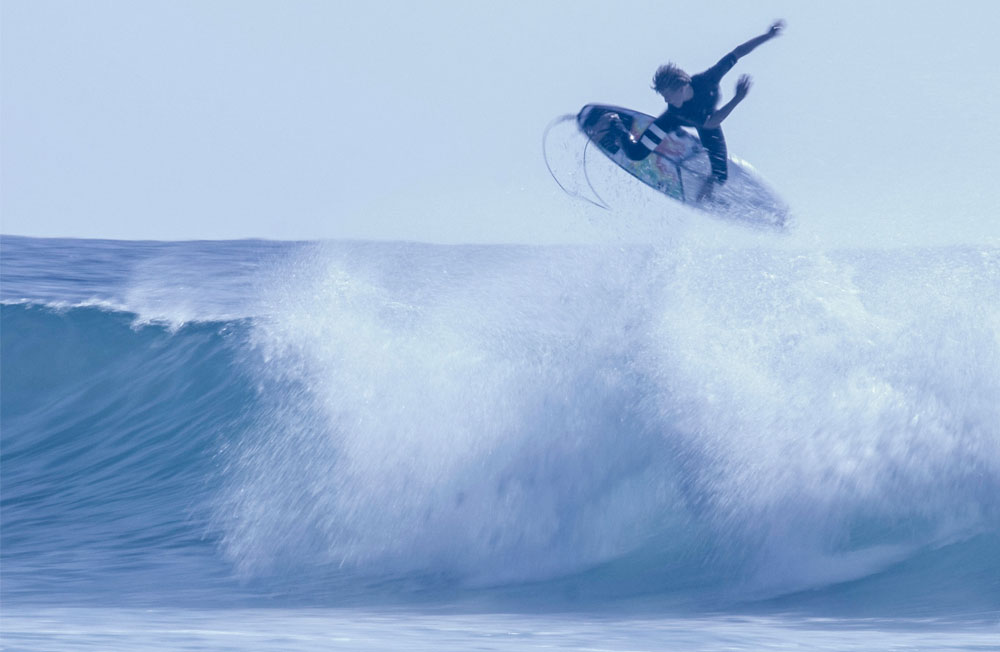
Let’s cut to some of their thoughts during the workshop:
“With what we’re doing, competing and travelling, you can’t do it on your own, so you have to not be too proud, and ask for help, it’s essential really, anything from coaches to trainers to family, we need all the help we can get, just to make the journey a lot easier.” – Noah Stocca
“It was really good to learn some new things about mental health, and how it affects people, and that it can happen to anyone at any time. Even when you don’t think it’s gonna happen … I feel like the main thing with mental illness is that people don’t want to speak out, I guess it’s just trying to get that message across, people try to act tough, when inside they can be struggling.” – Caleb Tancred
“Yeah for sure, just telling people that it’s okay, tell your peers and someone around you that they can get help … Passing that information to your mates, telling them that if something’s wrong, it’s good to speak out and you’ll be there to help them. And be by their side if they need help.” – Xavier Huxtable
What these young bucks don’t yet realise is that while they’re listening to this for their own ups and downs, and looking across to Ace Buchan and Owen Wright for what they have to say, it’s their own influence beyond this room that will be most affecting. Dragon get these kids to wear their sunglasses for a reason. They are influential surfers in their little surf communities, whether that be in Torquay, Avoca, the Sunshine Coast, Mount Maunganui, while they’re looking up at the walls, and up to bigger, older surfers from their beaches or on the WSL, there are surfers on their own peripheries who are looking up at them. And if they’re cool about talking about mental health, who of the next generation won’t be?
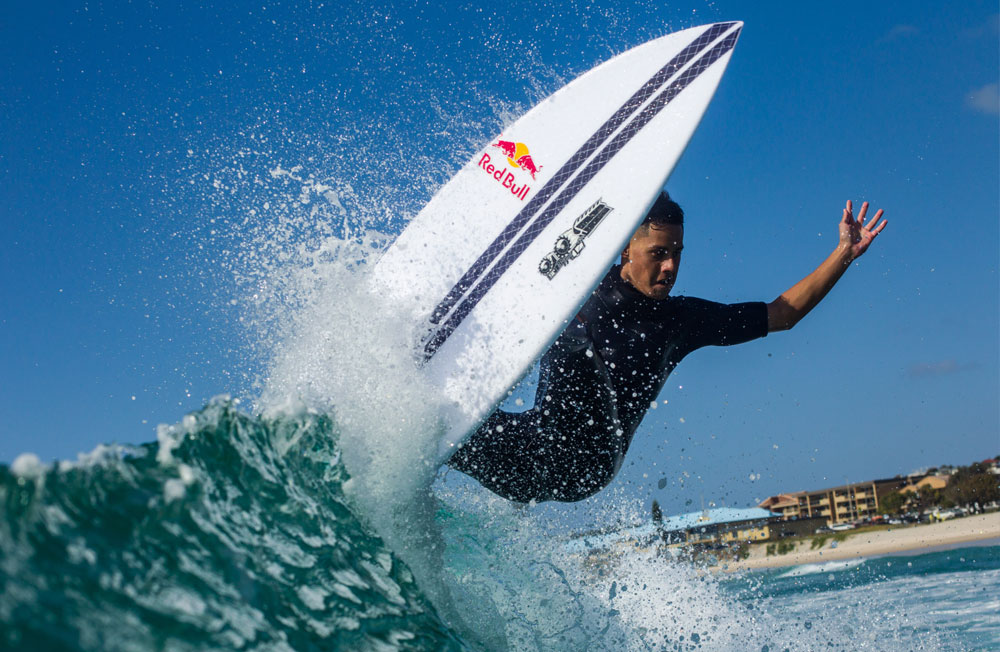
Back downstairs of the HPC along the wall of glass cases showcasing World Champ boards, one case at the end of the line has been left empty. Asking, “Who will be next?”
Meaning: Who will be the next Mick Fanning? Who will be the next Tyler Wright?
It’s an exciting and inspiring question. It could be any one of these guys, or one of their peers.
But perhaps a more important interpretation of the question could be: Who will be the next Andy Irons?
Again, it could be any one of these guys, or one of their peers. When that’s the case, days like this one will go some way into providing pathways and support that will be so very needed. If that surfer is better equipped with the ability to speak up when things aren’t so hot, and equipped to be able to check in with those around them and listen when those around them have the courage to speak about how they’re doing… surfing will be in a much healthier place.
Those surfers will indeed know that it “ain’t weak to speak”.
And hopefully the rest of us will feel the same.
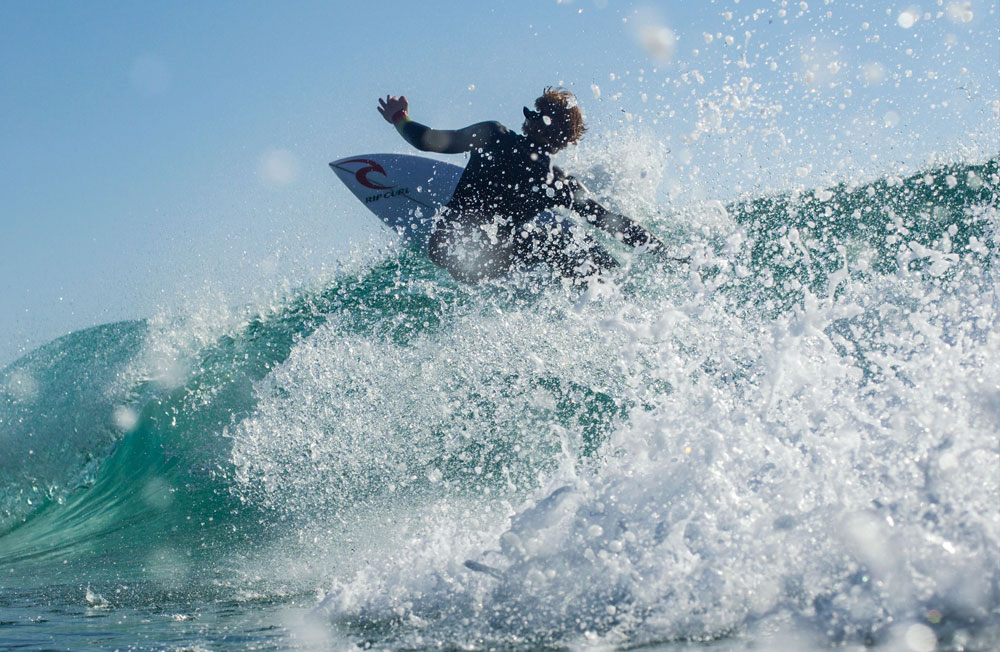
If you or anyone you know needs help, please contact Lifeline on 13 11 14 or Headspace on 1800 650 890
–
For more information about Livin, head to the Livin website.
–
*All stats for this article were taken from the statistics and reference page of BeyondBlue.org.au
